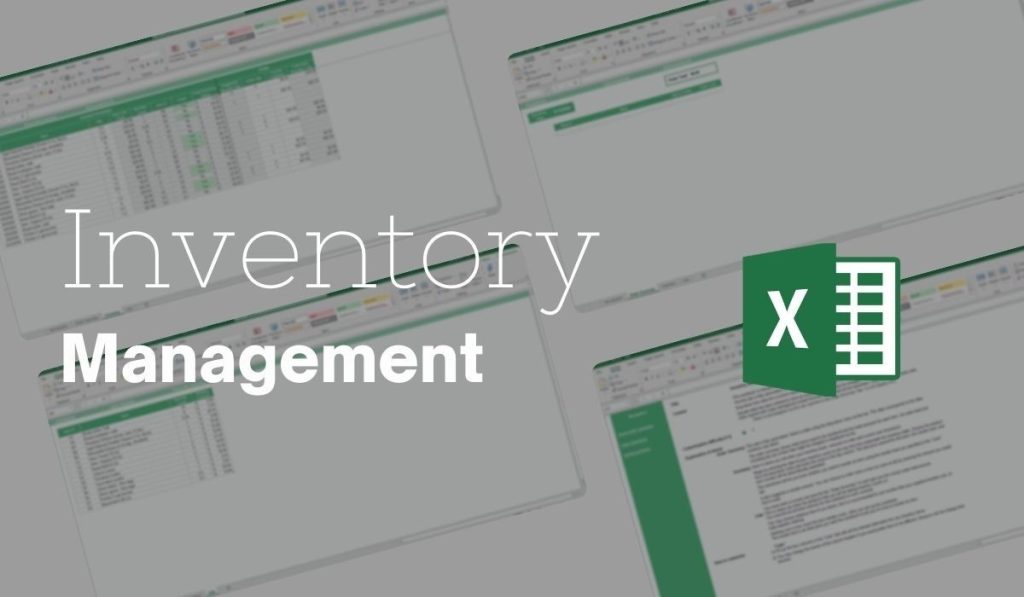|
Inventory management, a critical element of the supply chain, is the tracking of inventory from manufacturers to warehouses and from these facilities to a point of sale. The goal of inventory management is to have the right products in the right place at the right time. Warehouse management encompasses the principles and processes involved in running the day-to-day operations of a warehouse. At a high level, this includes receiving and organizing warehouse space, scheduling labor, managing inventory and fulfilling orders. The primary purpose of inventory management is to ensure there is enough goods or materials to meet demand without creating overstock, or excess inventory. As a business owner, you ought to know about any movement in your stock; daily counts; managing your inventory is a daily inventory management task; manage out-of-stock products; clear description; organized work environment.
Excel is an inexpensive way to keep track of inventory. A spreadsheet offers virtually endless columns for categorizing and sorting the data you need. The workshop is excel application to inventory and warehouse management. It will be less theoretical and more application.
Course Contents
1. Introduction to inventory management, supply chain principles, and business accounting.
2. Excel Skills for Inventory:
o Creating and structuring inventory spreadsheets.
o Using Excel formulas to manage data and calculate values (e.g., total stock value).
o Implementing conditional formatting for visual alerts.
o Leveraging templates to organize and track stock.
3. Inventory Tracking & Control:
o Real-time tracking of stock levels.
o Automating reorder triggers and low stock alerts.
o Monitoring inventory movements, accuracy, and valuation.
o Managing receipts and issuances.
4. Demand & Stock Optimization:
o Demand forecasting using historical data and statistical methods.
o Optimizing stock levels to prevent shortages or overstocking.
o Economic Order Quantity (EOQ) and Reorder Point (ROP) in Excel.
5. Performance Metrics:
· Calculating and interpreting key performance indicators (KPIs).
· Average Inventory, Cost of Goods Sold (COGS), Inventory Turnover Ratio (ITR), and Days on Hand (DOH).
· Excess & Obsolete Inventory (E&O).
6. Warehouse Operations
· Basic warehouse planning, location selection, and design.
· Warehouse layout, materials handling, and basic operations.
· First in first out FIFO, and Last in first out LIFO techniques
7. Real-World Application:
· Using Excel for data analysis and reporting.
· Managing vendors and orders within the Excel system.
· Analyzing real-world scenarios and case studies.
Duration: Two (2) days Fee: N170,000
|


